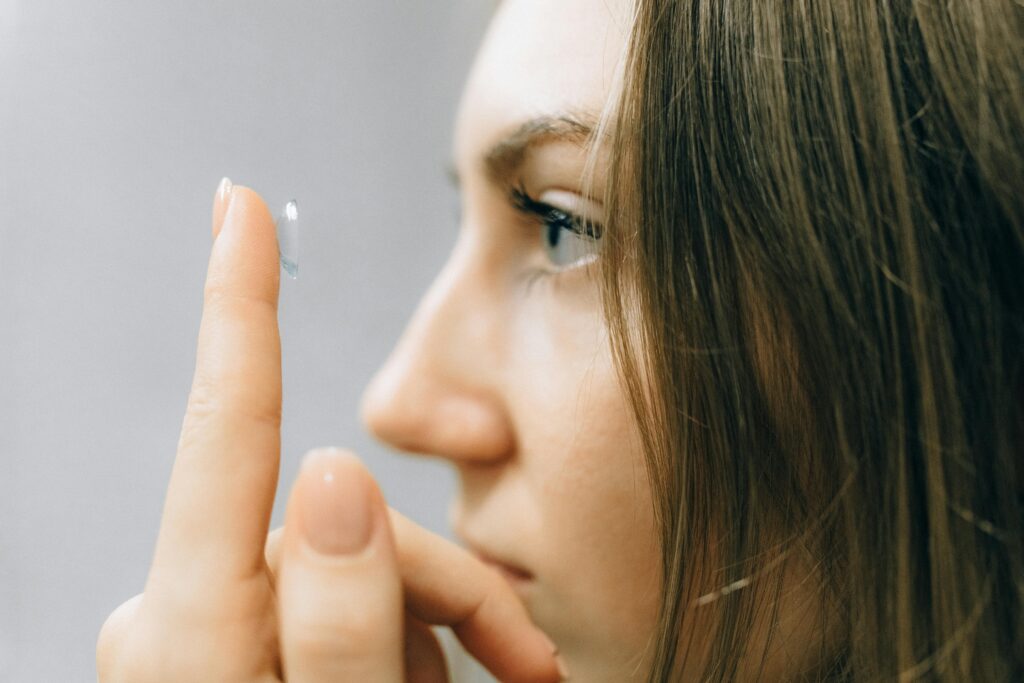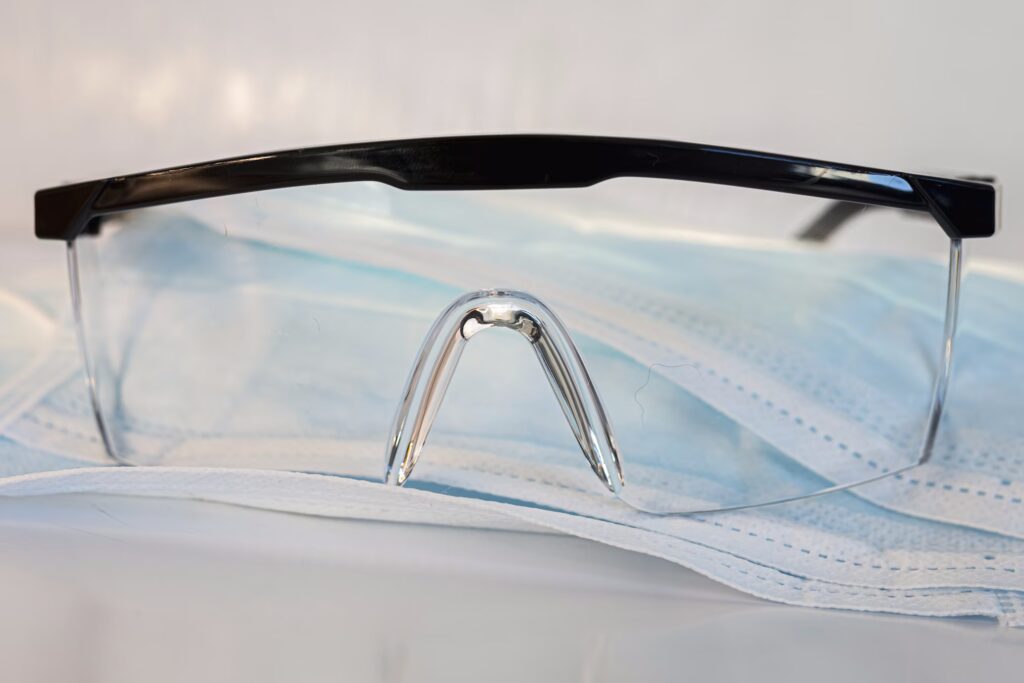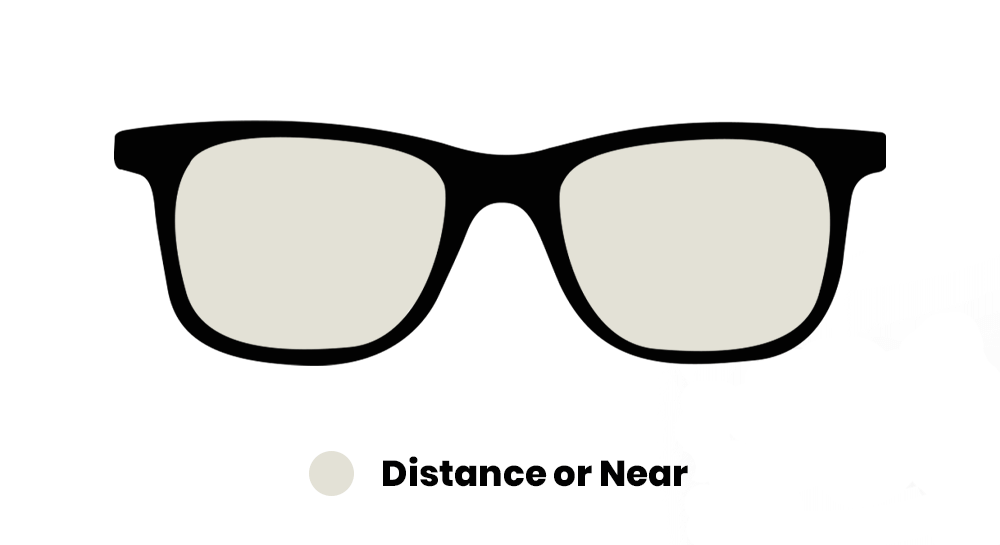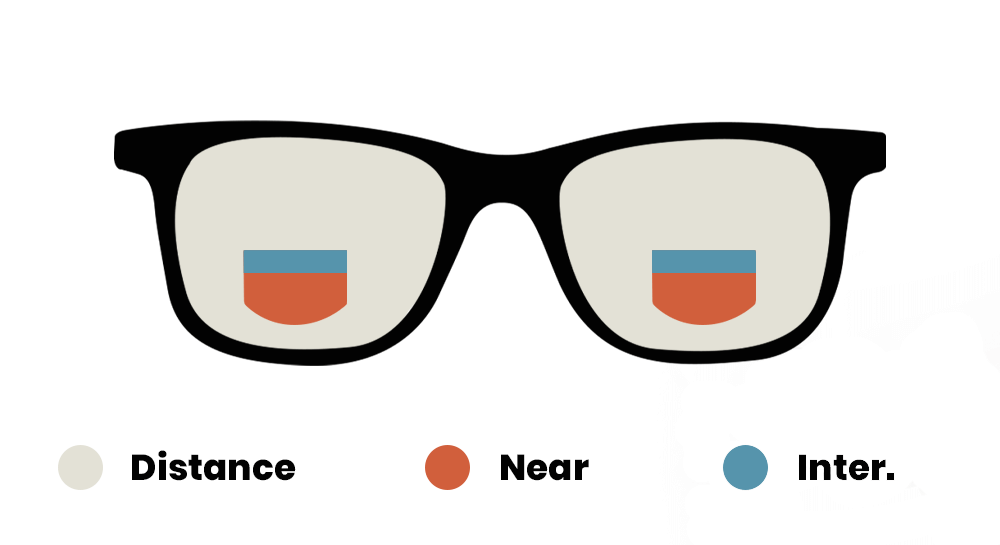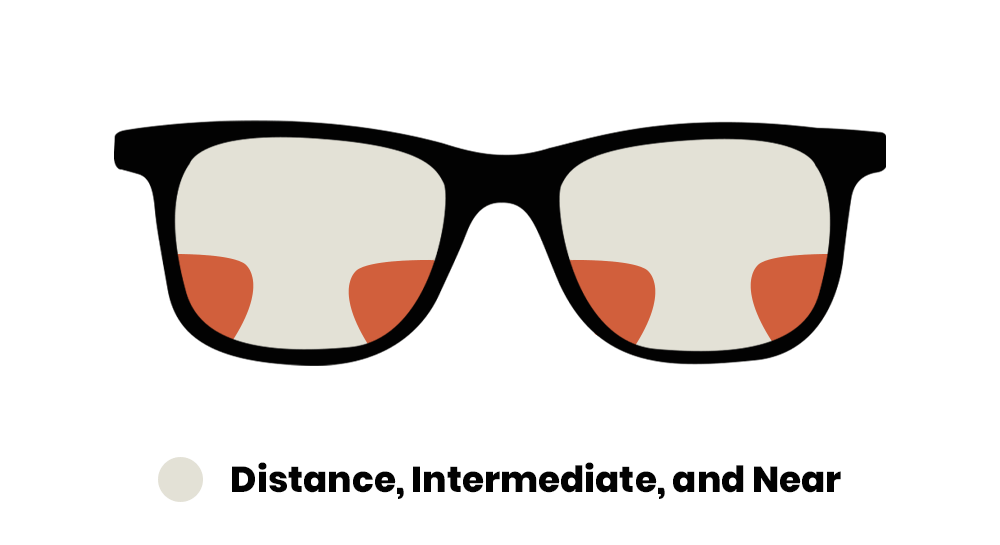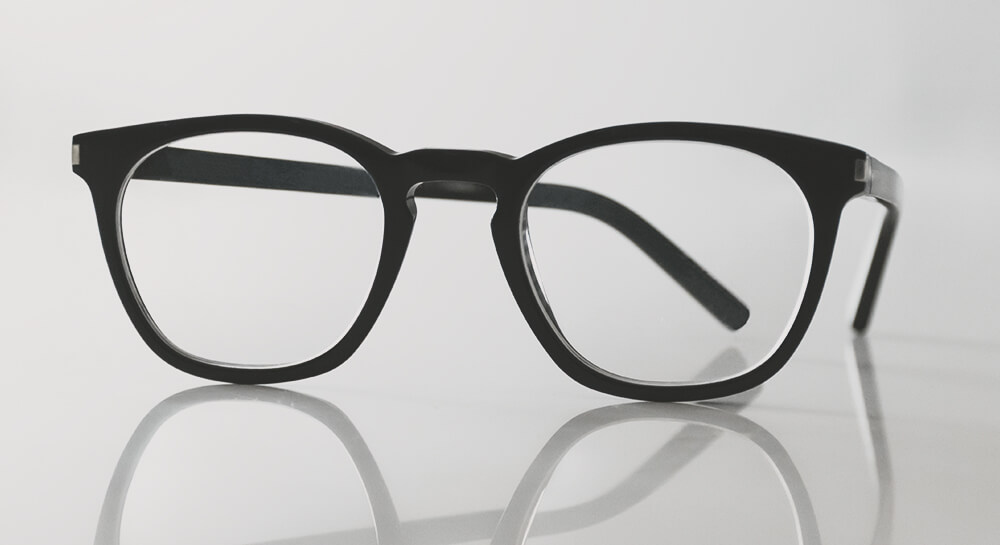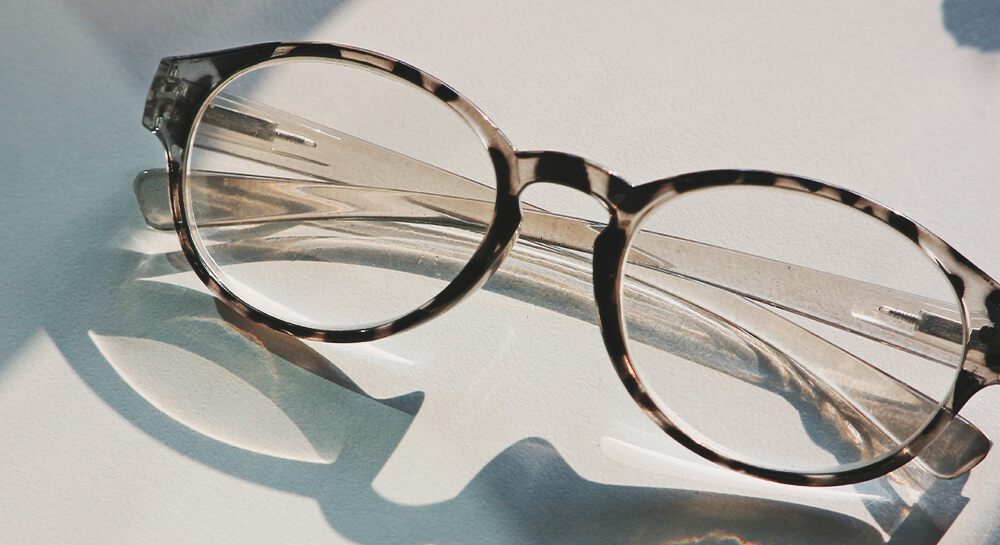Understanding common causes and when to see an eye doctor.
Eye pain can be anything from mildly annoying to deeply uncomfortable—and it can come from a variety of sources. Most of the time, it isn’t a sign of a serious condition, but because your eyes are delicate, it’s worth paying attention to what’s going on.
This guide will cover some of the most common reasons your eyes might hurt and provide a few tips for relief.
Note: This information is for educational purposes and should not replace professional medical advice. If your eye pain is severe, sudden, or persistent, contact your optometrist or ophthalmologist right away.
Common Causes of Eye Pain
1. Eye Strain
Whether you’re reading, sewing, or scrolling endlessly on your phone, focusing for long stretches can tire your eyes. This is especially true for screen use, where digital eye strain (also called computer vision syndrome) is common.
Symptoms can include:
- Dull aching behind the eyes
- Light sensitivity
- Burning, stinging, or itching
What might help:
- Follow the 20-20-20 rule: every 20 minutes, look at something 20 feet away for 20 seconds.
- Take regular breaks from close-up work.
- Ask your eye doctor about anti-fatigue or reading glasses if strain is a daily problem.
2. Dry Eyes
It might seem counterintuitive, but dry eyes can sometimes make your eyes water more than usual. This happens when the tears your eyes produce aren’t providing enough moisture or lubrication.
Typical sensations include:
- Scratchiness or grittiness
- Stinging or burning
- Light sensitivity
What might help:
- Use lubricating eye drops (artificial tears).
- Avoid overly dry or windy environments.
- If symptoms are frequent or severe, get evaluated by an eye care professional for tailored treatment.
3. Foreign Debris or Corneal Scratches
Dust, makeup, pet hair, or even an eyelash can get trapped in your eye. In some cases, these particles can scratch the cornea (the clear outer surface), causing sharp pain and tearing.
What might help:
- Flush the eye gently with clean water or saline solution.
- Avoid rubbing your eye, which can make things worse.
- If debris won’t come out or vision changes occur, seek immediate medical attention.
4. Sinus Issues and Headaches
Your eyes don’t exist in isolation—they share space and nerves with other parts of your head. Sinus infections, congestion, migraines, and cluster headaches can all cause eye pain, especially behind the eyes.
What might help:
- Treat the underlying sinus or headache issue.
- Stay hydrated, rest, and consider using a humidifier during dry months.
5. Outdated or Missing Prescription
If your glasses or contacts aren’t up to date, your eyes may be working harder than they should. That extra effort can lead to fatigue, strain, and discomfort.
What might help:
- Schedule an eye exam to check if your prescription needs adjusting.
6. Contact Lens Irritation
Overwearing contacts, sleeping in them (when not approved), or poor cleaning habits can cause redness, soreness, and even infection.
What might help:
- Follow your optometrist’s guidelines for wearing and caring for contacts.
- Replace them as recommended—don’t stretch their lifespan.
7. Eye Conditions and Diseases
Some eye pain stems from medical conditions that require professional treatment, such as:
- Conjunctivitis (pink eye) – Inflammation from infection or allergies.
- Uveitis – Inflammation inside the eye.
- Blepharitis – Eyelid inflammation due to clogged oil glands.
- Glaucoma – Increased eye pressure damaging the optic nerve.
- Corneal ulcers – Open sores on the cornea, often due to infection.
If you suspect any of these, don’t delay in seeing an eye doctor.
When to Seek Professional Care
You should get your eyes checked promptly if you have:
- Sudden, severe pain
- Vision changes (blurred vision, loss of vision, double vision)
- Light sensitivity with redness or swelling
- Pain after an injury or contact lens wear
- Discharge or signs of infection
Eye pain may be common, but it’s never something to ignore. A quick check-in with your optometrist can often pinpoint the cause and get you on the path to relief.







